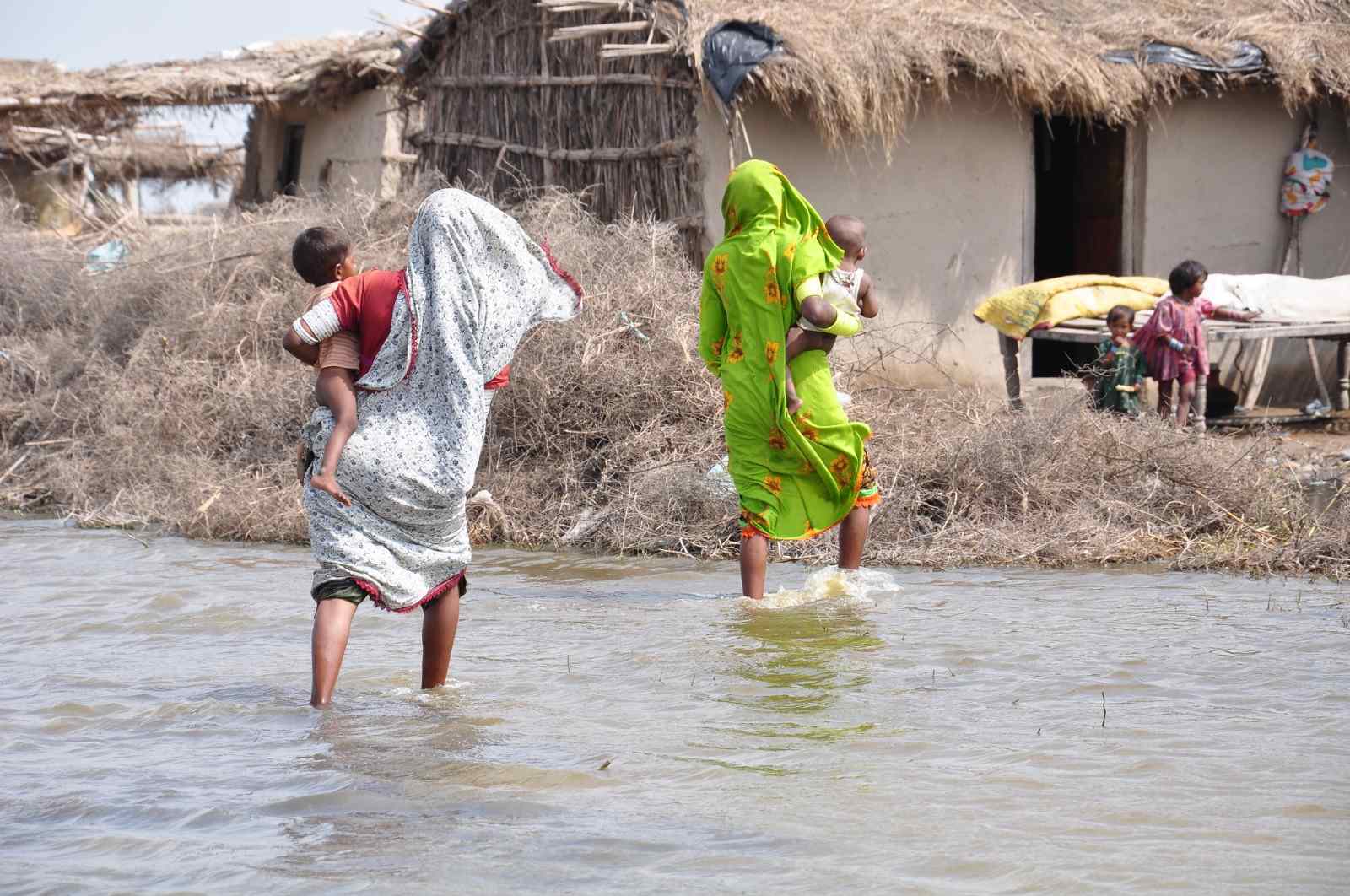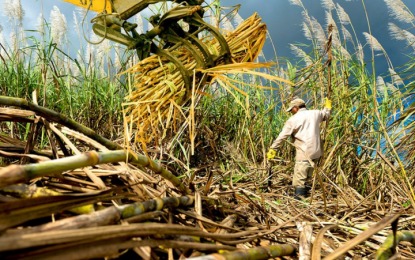Enviro News Asia, Geneva — Atmospheric carbon dioxide (CO₂) levels soared to their highest in recorded history in 2024, marking the largest annual increase since modern measurements began in 1957. The latest report by the World Meteorological Organization (WMO) warns that this surge locks the planet into a long-term warming trajectory that is increasingly difficult to reverse.
According to the WMO Greenhouse Gas Bulletin 2024, the rise is driven by human-induced emissions, large-scale wildfires, and the declining capacity of natural “carbon sinks” such as forests and oceans. The report highlights the emergence of a dangerous climate feedback loop—where global warming weakens the Earth’s ability to absorb carbon, thereby accelerating the climate crisis.
“The heat trapped by CO₂ and other greenhouse gases is accelerating climate change and triggering more frequent and severe extreme weather events,” said WMO Deputy Secretary-General Ko Barrett. “Cutting emissions is crucial—not only for the climate but also for economic stability and human well-being.”
The WMO noted that the rate of CO₂ growth has tripled since the 1960s—from an average of 0.8 parts per million (ppm) per year to 2.4 ppm per year during 2011–2020. Between 2023 and 2024, global average CO₂ concentrations surged by 3.5 ppm, the largest annual rise ever recorded.
When the WMO first published its bulletin in 2004, atmospheric CO₂ stood at 377.1 ppm. Two decades later, the figure climbed sharply to 423.9 ppm in 2024. Roughly half of all CO₂ emissions from human activities remain in the atmosphere, while the rest are absorbed by the oceans and terrestrial ecosystems. However, these sinks are not permanent. Rising global temperatures reduce the ocean’s ability to absorb carbon, while forests and vegetation—dried by prolonged drought—become more prone to wildfires.
The WMO attributes the record-breaking 2024 increase to widespread wildfires and reduced carbon absorption caused by a strong El Niño event, making 2024 the hottest year ever recorded. Similar conditions were observed in the Amazon and southern Africa, where extreme drought and vast fires released more carbon into the atmosphere.
“There is growing concern that the land and ocean carbon sinks are weakening,” said Oksana Tarasova, Coordinator of the WMO Greenhouse Gas Bulletin. “If this trend continues, more CO₂ will remain in the atmosphere, accelerating global warming.” (*)















